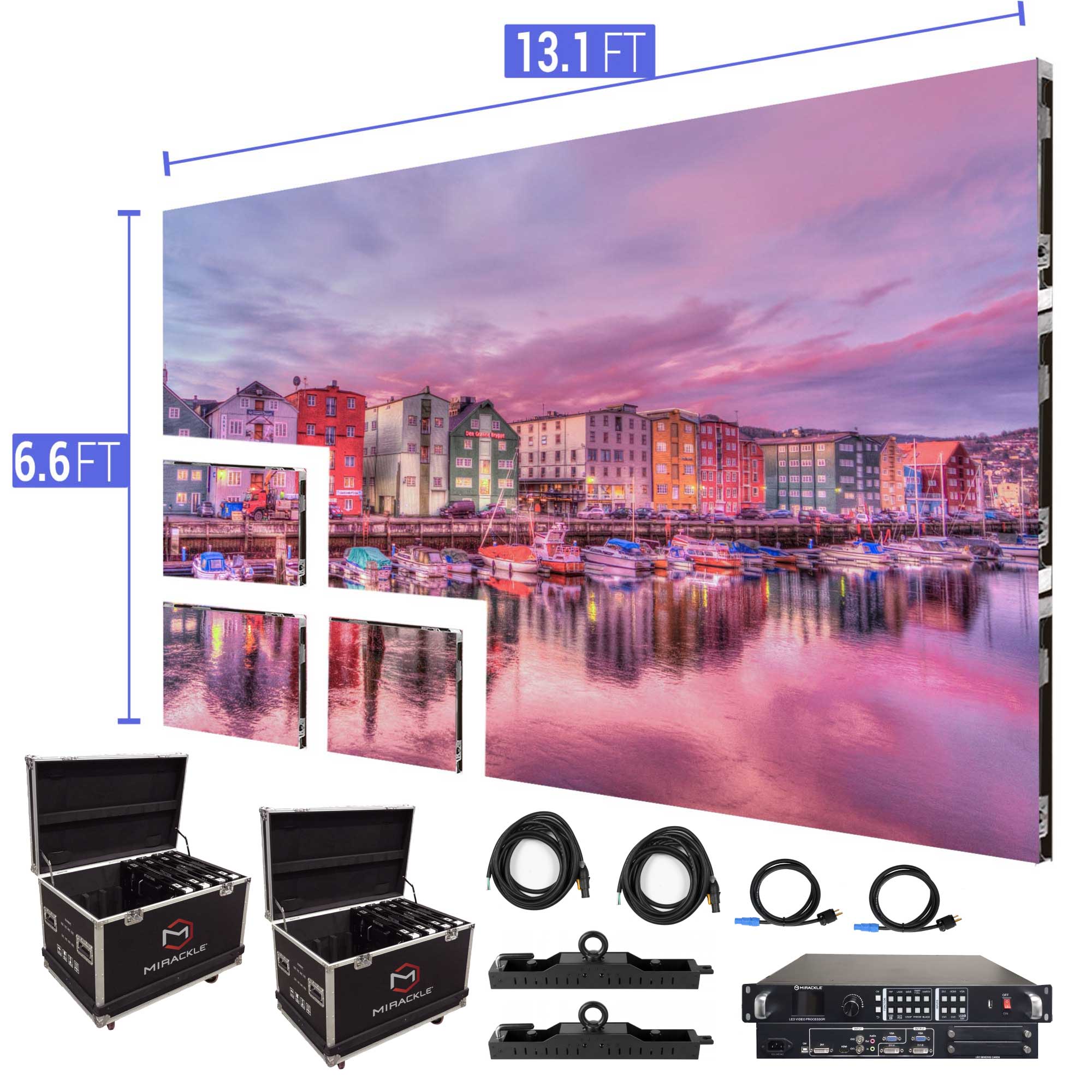Mastering Color Precision in LED Display Calibration for Stunning Graphic Displays
Mastering Color Precision in LED Display Calibration for Stunning Graphic Displays
Blog Article
Hue accuracy is essential for producing stunning visual presentations, especially when employing LED screens. These massive displays are commonly found in places like concert venues, sports arenas, and advertising billboards. When the colors on an LED wall are not correct, the visuals can look dull or warped, which can impact the overall experience for audiences. Therefore, mastering color precision in LED wall calibration is crucial for attaining lively and realistic images.
The initial step in guaranteeing color precision is comprehending how LED technology works. LEDs, or light-emitting diodes, produce light in various shades by mixing red, green, and blue (RGB) light. Each dot on an LED screen is made up of these three hues. When calibrated properly, the combination of RGB can produce a broad range of hues. However, if one color is too bright or too dim, it can throw off the whole screen. This is why tuning is needed to equalize the hues and achieve the desired visual result.
Calibration involves adjusting the settings of the LED screen to ensure that the colors shown match the original material as closely as possible. This process usually includes using specialized software and hardware instruments. Technicians often use color assessment devices, such as color meters, to analyze the colors being shown. By contrasting the measured hues to benchmark color values, they can make exact adjustments. This ensures that the colors are not only lively but also consistent across the entire display.
Another important aspect of color precision is understanding the surroundings in which the LED wall is used. Factors such as surrounding light can considerably affect how hues appear. For instance, a well-lit lit room may wash out hues, making them look led display maintenance tips less lively. To mitigate this, technicians may adjust the brightness and differentiation settings of the LED screen. Additionally, they may select specific color settings that are better appropriate for various lighting conditions. This flexibility helps maintain color accuracy regardless of the observing environment.
Ultimately, regular upkeep and re-tuning are essential for keeping an LED screen looking its best. Over time, the performance of LEDs can alter due to factors like aging and heat fluctuations. Frequent checks and adjustments can help ensure that the colors stay correct and vibrant. By committing time in appropriate calibration and maintenance, venues can offer audiences with stunning graphic displays that enhance their total experience. Perfecting color accuracy in LED wall calibration is not just a mechanical task; it is an art that adds to the magic of graphic storytelling.